Emily McIlwaine - Woven Designer & Horticulturist -
Emily McIlwaine - Woven Designer & Horticulturist -
Emily McIlwaine
Woven Designer & Horticulturist
Working predominantly with natural fibres, I draw from the flora and fauna of the Irish landscape to inspire and include in my work, creating handspun yarns and natural dye pigments to incorporate into woven designs drawn upon the Bauhaus style. My work spans from handweaving rugs, to wall hangings and tapestries, to growing natural dye plants and fibres to use within my projects.
My practice is driven by the interest in the therapeutic aspects of creating artworks; particularly how textiles and plants can provide a tactile, tangible connection to the outer physical world beyond inner dialogue.
Working for the past decade within textile design and production, I have noticed our fast fashion practices and been led to question the provenance of my materials. In response to this, I try to reuse production wastage, natural dye textiles and handspin fibres to include in my artistic practice. I also teach these skills to others.
What does sustainability mean to you?
Becoming a mother two years ago further consolidated my thinking around sustainability in all aspects of my life. To me, sustainability means treating our physical goods and services with respect; working where we can to minimise consumption, especially of new materials, and making the most of what businesses can offer right on our doorstep. It also means longevity, and within my practice that means producing high quality, unique works that will last. Sometimes this means turning down work that does not align with my values, which makes space for those more meaningful interactions, connections and projects to grow.
How do you incorporate sustainability into your design practice?
I work with sustainability as one of the key drivers to my practice, alongside enjoyment and artistic fulfilment. This includes connecting with local businesses in Northern Ireland to use their deadstock yarn or fibres, and a local flower farm, using their site to experiment with natural dye plants. I work on 2.5m x 2.5m floor looms, or an upright tapestry loom, and my design work is done by painting or drawing.
It is a slow and time consuming process, especially within our productivity-focused society. But I find that reminding myself of the positive impacts this way of working has, encourages me to continue.
Do you have any advice on how designers and design businesses can incorporate sustainability into their design practice?
Conversations with other artistic practitioners can be really inspiring to fresh and innovative ideas around becoming more sustainable in your practice. Being within a multidisciplinary studio myself, I’ve found these interactions so helpful in my work.
I think it’s important to experiment with what sustainability means to you, and before getting too in your head, to just start making work and see where it leads you. Also not being afraid to reach out to local businesses that you may be able to work with, to come up with projects that may reduce waste or work through an idea. It could be the missing link they have been looking for.
Are there any resources you can recommend that have helped you be more sustainable in your design practice?
I have learnt so much through books. ‘Small is Beautiful’ by E. F. Schumacher, and ‘Why We Make Things and Why it Matters’ by Peter Korn, are two that jump out in my mind. I think the nature of my working in handwoven textiles has introduced me to people with similar mindsets from the get-go. As it is such a slow and labour intensive process, most people I meet that do work with weaving are very invested in it, and have a strong drive to be sustainable. Engaging with people with similar values on Instagram and Substack have also helped me.












